Guide to Personal Protective Equipment (P.P.E.)
April 2018
What is P.P.E.?
Personal protective equipment (P.P.E.) is worn or held by a person at work and protects them against risks to their health or safety.
The Law
In accordance with the Personal Protective Equipment at Work Regulations 1992, every employer must ensure that suitable P.P.E. is provided to employees who may be exposed to health or safety risks while at work (with exception for where a risk has been adequately controlled by other means which are equally or more effective).
Self-employed persons must also ensure they are provided with suitable P.P.E. where there may be exposed health or safety risks while at work.
- Personal protective equipment must be appropriate for the risk(s) involved and the conditions at the place where exposure to the risk may occur.
- P.P.E. must take into account ergonomic requirements and the state of health of the person(s) who may wear it.
Types of P.P.E.
Head
Wear safety helmets to protect your head from impacts, knocks or abrasions.
Eyes
Use safety eyewear to protect your eyes when hazardous conditions exist. Areas where there are possible chemical splashes, sparks and ultraviolet radiation are considered high risk.
Ears
Wear hearing protection when working in areas with noise levels exceeding 80dB. 170,000 people in the UK consider they suffer from hearing loss or other ear conditions caused by their work.
Respiratory
Wear respiratory equipment to protect against dust, fumes, vapours and other harmful elements. It is estimated that 151,000 people are suffering from respiratory diseases caused by their work.
Hands
Wear hand protection to protect against harmful chemicals and manual handling operations. Different hazards require different glove materials. An estimated 66,000 people suffer with skin disease caused by their work.
High Visibility Clothing
Wear high visibility clothing to be seen and safe in all conditions. Choose from waistcoats and t-shirts to lightweight jackets, over-coats and trousers.
Clothing
Wear protective clothing to protect against chemicals, asbestos, grease and grime. Choose from light-duty aprons and coats, through to jackets and heavy-duty boiler suits.
Feet
Wear foot protection to ensure safety in hazardous locations. Protective footwear should be sturdy, including metal toecaps and have non-slip soles.
What can you do?
Each employer or self-employed person must ensure an assessment is made to determine if the P.P.E. provided is suitable for the risks.
P.P.E. must also be maintained in an efficient state, efficient working order and in good repair.
Employers are required to ensure safety signs are in place and maintained around the construction site to instruct workers to wear the correct P.P.E. for the job in hand.
What to look out for
For safety signs to comply with the Health and Safety (Safety Signs and Signals) Regulations 1996, all mandatory P.P.E. signs displayed must comprise of the following:
- White text on a blue background;
- White pictogram on a round blue background;
- Symbol to cover at least 50% of the area of the sign.
The current BS EN 7010 symbols for P.P.E. are:
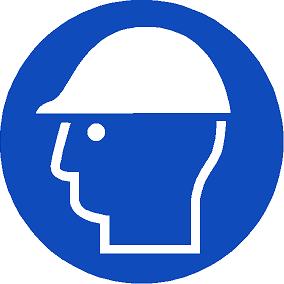 |
 |
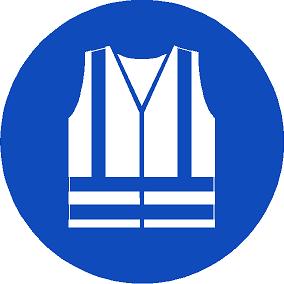 |
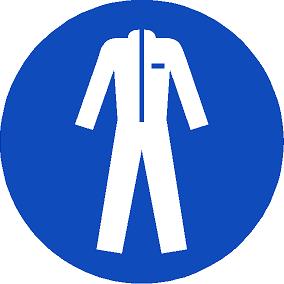 |
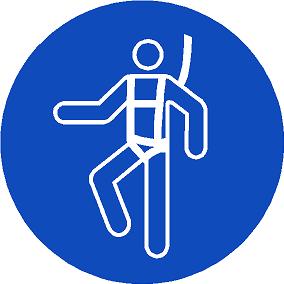 |
| Hard Hat | Ear Protection | High Visibility Clothing | Protective Clothing | Safety Harness |
 |
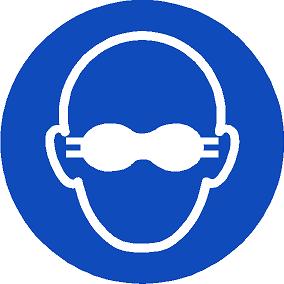 |
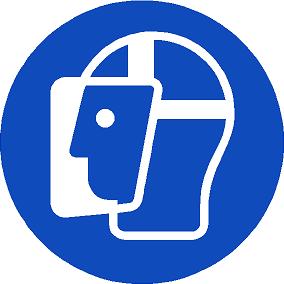 |
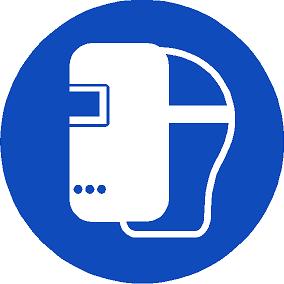 |
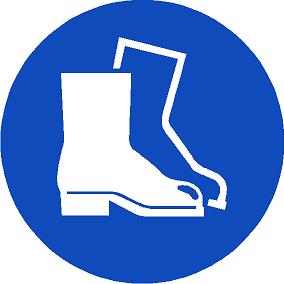 |
| Eye Protection | Opaque Eye Protection | Face Shield | Welding Mask | Safety Footwear |
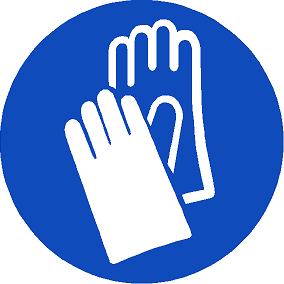 |
 |
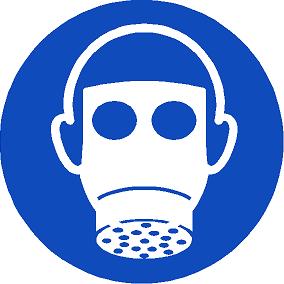 |
||
| Protective Gloves | Masks | Respiratory Protection |
Enforce the use of Personal Protective Equipment with our P.P.E. Signs
Our extensive range of P.P.E. Signs will help protect workers from health and safety risks on your construction site. Buy yours today!

